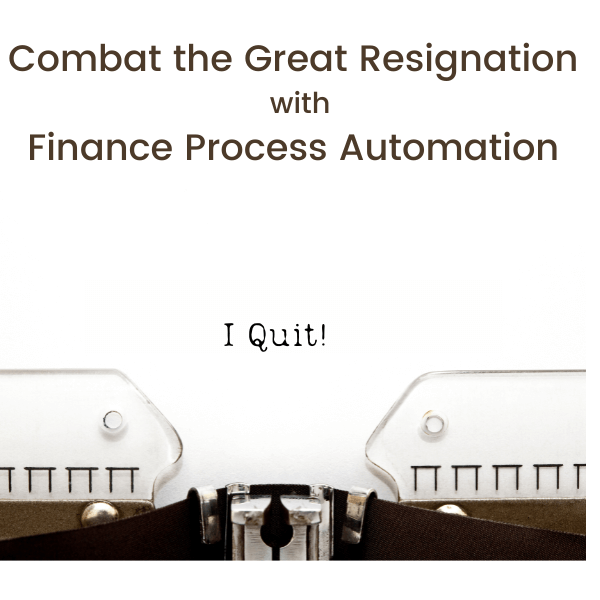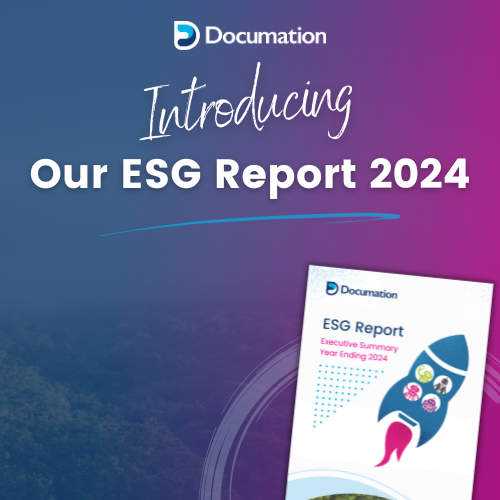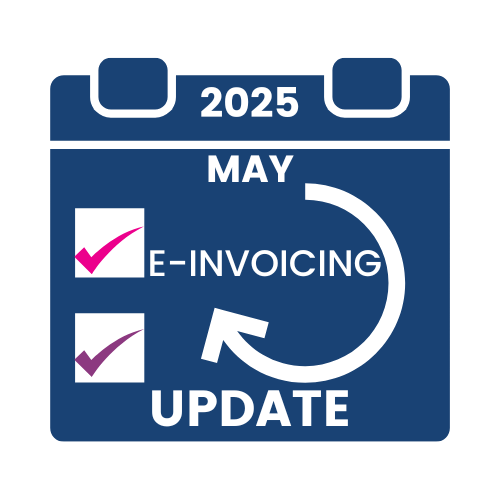There has been a lot of talk online about the Great Resignation, a phrase coined by organisational psychologist, Anthony Klotz, who predicted the effect post pandemic.
A Slack survey in Jan 2022 of 1,000 UK workers reveals that almost a third (29%) of UK workers are considering moving to a new job this year. The biggest reason for considering a move is linked to salary and employers not offering bonuses or pay rises, but employees are also calling for better technology, with 13% choosing to leave a job due to their employer not investing in technology. The story in the US is the same, the number of voluntary resignations in a given month, hit a multiple all-time high. November alone saw 4.5 million people quit (3% of the workforce) and according to the US Bureau of Labor Statistics, one-fifth of the total US workforce had turned over between April and November 2021.
There have been studies across job roles, industries and countries citing the worst affected, and although Finance is not at the top of the list, it still features. Recruiting and retaining team members is important, and it’s becoming harder to achieve. A quote in a recent online article highlights this:
“We were pretty far in the recruiting process with a candidate when he asked about our tech stack for finance. After I told him, he ghosted us.”
Finance leaders know they have to embrace digital transformation, not just for the business reasons such as streamlining processes, scalability, cost savings and better reporting but also for retention of their teams. A CFO.com survey found that 90% of CFOs plan to prioritise reducing manual, time-consuming processes over the next year. The digitisation of these kind of processes is a win for the finance team and for the business.
Any kind recruiting and subsequent training is time consuming and expensive therefore keeping a team happy and engaged is key to productivity. The easy wins are linked to salary and bonus, but what else can be done to ensure a happy, healthy team?
Ask the team about pain points
Ask what tasks are the most and the least rewarding. Do this through group standups, huddles, 1:1s and use the combination of answers to come up with a plan that identifies the goals from quick wins to long term targets.
Measure, report, inform.
Within finance there are set metrics that used to measure, report and inform such as EBITDAS, DSO, Net Income(Loss) and more and they are second nature to CFOs. It’s now time to consider the non-financial people metrics such as eNPS (Employee Net Promoter Score), Employee Attrition and Employee burnout too.
- eNPS is a method companies use to determine how employees feel about their company and comes from the Net Promoter Score concept, which companies originally used to determine customer satisfaction and loyalty. (extra info here)
- Employee attrition is an important factor as high rates affect the business bottom line. Using this metric can inform decision making and process change within the team (more info here)
- Employee burnout is hard to measure but probably one of the most important qualitative metrics. While remote work has changed the priorities and work schedules to incorporate a more flexible style of work/life balance it has also created a culture of always “ON”. Having dedicated “No meeting days”, 4-day work week, flexitime and other initiatives can help proactively get ahead of employee burnout. (More info)
Regular measuring of these metrics will give an overall view of the teams’ happiness. The outcome of these measurements and research often leads to a review of processes. Changing and automating the way tasks are completed can reform an employees’ roles and give more time for value added tasks, training and development, benefiting the employee but also the business.
The finance team will be advocates for the change, but buy in is needed from stakeholders across the organisation. Using the feedback from the employees to help prioritise digital transformation projects will help build a business case for transformation.
This will not only increase commitment from the team as they see the investment the company is making to improve their roles but also benefit the wider business with cost saving benefits that go hand in hand with finance process automation.
For more information on how to transform manual processes and gain team engagement, get in touch with the [email protected]





